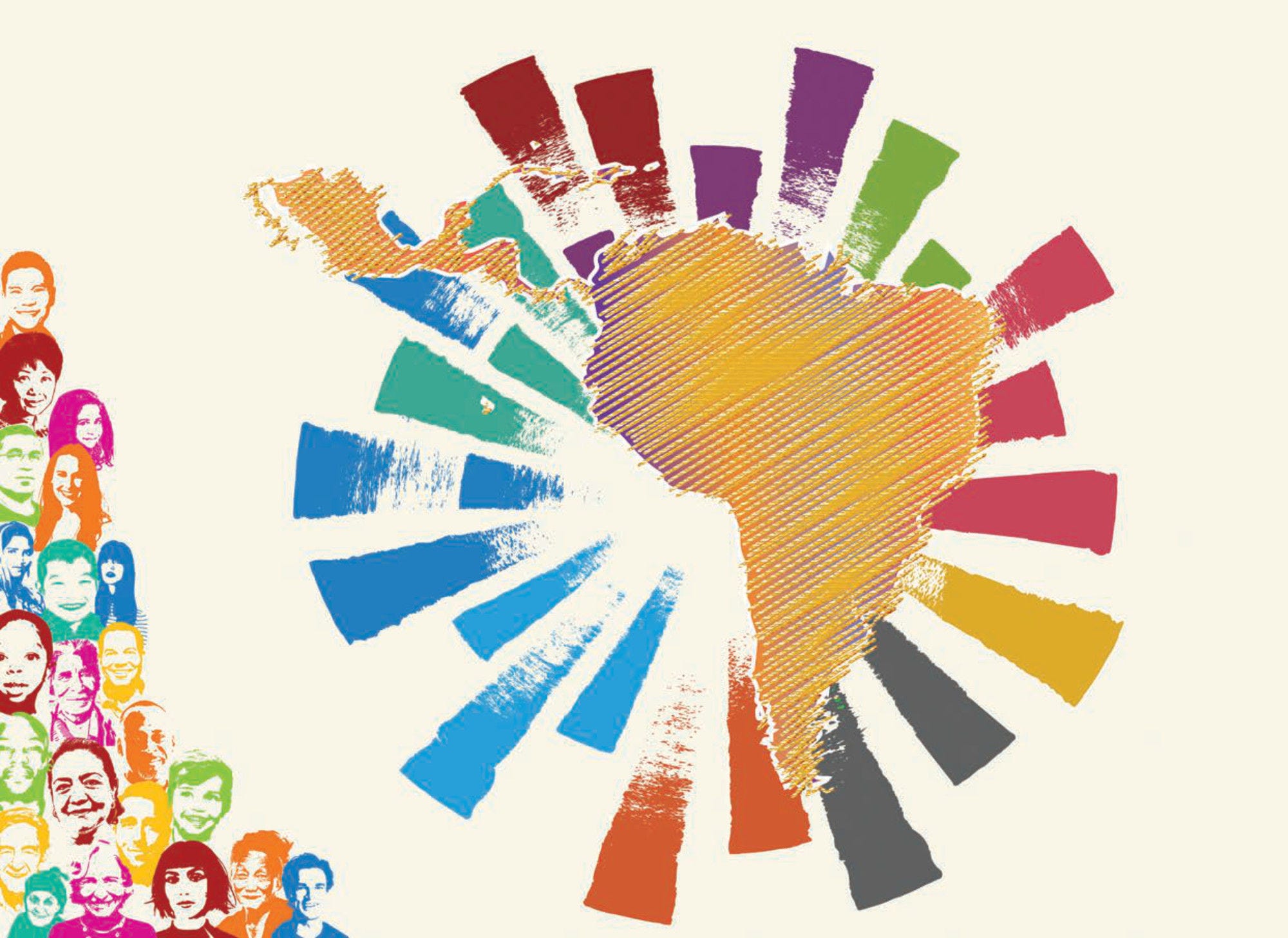On 15 May 2020, the OECD Council invited Costa Rica to become a member. At the time of preparing this publication, the deposit of Costa Rica’s instrument of accession to the OECD Convention was still pending; therefore Costa Rica does not appear in the list of OECD members and is not included in the OECD averages reported.
How’s Life in Latin America?

Reader’s guide
Conventions
This report focuses on eleven Latin American and Caribbean countries (LAC 11): Argentina, Brazil, Chile, Colombia, Costa Rica, the Dominican Republic, Ecuador, Mexico, Paraguay, Peru and Uruguay. These countries were selected due to their status as high-income and upper-middle-income countries in the context of the EU Facility for Development in Transition (please refer to Box 1.1). The term “focal countries” is used throughout the report as shorthand to refer to this group of 11 LAC countries.
In each figure, data labelled “LAC 11” are simple average of the 11 focal countries mentioned above and displayed in the figure, unless otherwise indicated. Whenever data are available for fewer than all 11 focal countries, the number of countries included in the calculation is specified in the figure (e.g. “LAC 8” when 8 of the focal countries are covered).
In each figure, data labelled “OECD” refer to the average for OECD member countries (excluding Costa Rica). When available from the source, the OECD average is taken directly from that source to ensure consistency. When the OECD average is not calculated by the source, it is computed as the simple average of the OECD countries displayed, unless otherwise indicated. Whenever data are available for fewer than all 37 OECD countries (excluding Costa Rica), the number of countries included in the calculation is specified in the figure (e.g. OECD 33).
In each figure, data labelled “LAC” (with no number given) refer to the regional average for Latin America and the Caribbean as a whole, including the LAC 11. When available from the source, the LAC regional average is taken directly from that source to ensure consistency. When the LAC regional average is not calculated by the source, the simple average of the countries with available data from the list in Table 1 is considered. This follows the convention generally used by the OECD Development Centre and UN ECLAC.
Table 1. Countries included in the LAC regional average when not calculated by the source
|
Antigua and Barbuda |
Dominica |
Nicaragua |
|
Argentina |
Dominican Republic |
Panama |
|
Bahamas |
Ecuador |
Paraguay |
|
Barbados |
El Salvador |
Peru |
|
Belize |
Grenada |
Saint Kitts and Nevis |
|
Bolivia |
Guatemala |
San Vicente and the Grenadines |
|
Brazil |
Guyana |
Santa Lucia |
|
Chile |
Haiti |
Suriname |
|
Colombia |
Honduras |
Trinidad and Tobago |
|
Costa Rica |
Jamaica |
Uruguay |
|
Cuba |
Mexico |
Venezuela |
Note: Focal countries are in bold.
When available from the source, the LAC regional average and the OECD average are generally calculated as weighted averages. The only exception is in the case of data sourced from ECLAC, where the LAC simple regional average is available for all indicators. For calculation details, the reader can refer to the link reported in the “Source” field under each chart.
Weighted OECD and LAC averages (or OECD and LAC Totals) are shown in instances where the OECD convention is to provide this type of average. Where used, this is specified in the figure notes along with details of the weighting methodology. For example, when data are population-weighted, this is done according to the size of the population in different countries, as a proportion of the total OECD/LAC population. The OECD/LAC Total considers all the OECD/LAC countries as a single entity, to which each country contributes proportionally to the sum.
In analysis of change over time and trendlines, the LAC 11, LAC and OECD averages refer to only those countries with data available for every year shown, i.e. the sample of countries is held constant across all years. This means that only countries with a complete time series are included. This can sometimes lead to different LAC 11, LAC and OECD averages for trendlines versus those for the latest and earliest available time points.
In each figure, the time period covered is specified, with notes providing details when data refer to different years for different countries. Countries are referred to by their ISO codes (Table 2).
When comparing latest and earliest time points, data for indicators sourced from the Gallup World Poll have been pooled over a four-year period (2006-09) and a three-year period (2017-19) to improve the accuracy of the estimates. As country coverage has improved over time, a three-year average, instead of a four-year average, is considered for the latest available period. For trendlines shown in Chapter 1, data have been consistently pooled over a three-year period until 2014.
For reporting inequalities, where the source data are derived from surveys with smaller sample sizes (namely Gallup World Poll and Latinobarómetro), data have been pooled over a longer time period to ensure a sufficient number of observations. As a general rule, data have been pooled over the period 2014-19 for Gallup World Poll and over 2016-18 for inequality by age and ethnicity for Latinobarómetro, to improve the accuracy of the estimates. For full details, see the Statlink files accompanying the charts in Chapter 5.
Table 2. ISO codes for focal countries and world regions
|
ARG |
Argentina |
DOM |
Dominican Republic |
OECD |
OECD average |
|
BRA |
Brazil |
ECU |
Ecuador |
PRY |
Paraguay |
|
CHL |
Chile |
LAC |
Average for Latin America and the Caribbean |
PER |
Peru |
|
COL |
Colombia |
LAC 11 |
Average for the focal countries |
URY |
Uruguay |
|
CRI |
Costa Rica |
MEX |
Mexico |